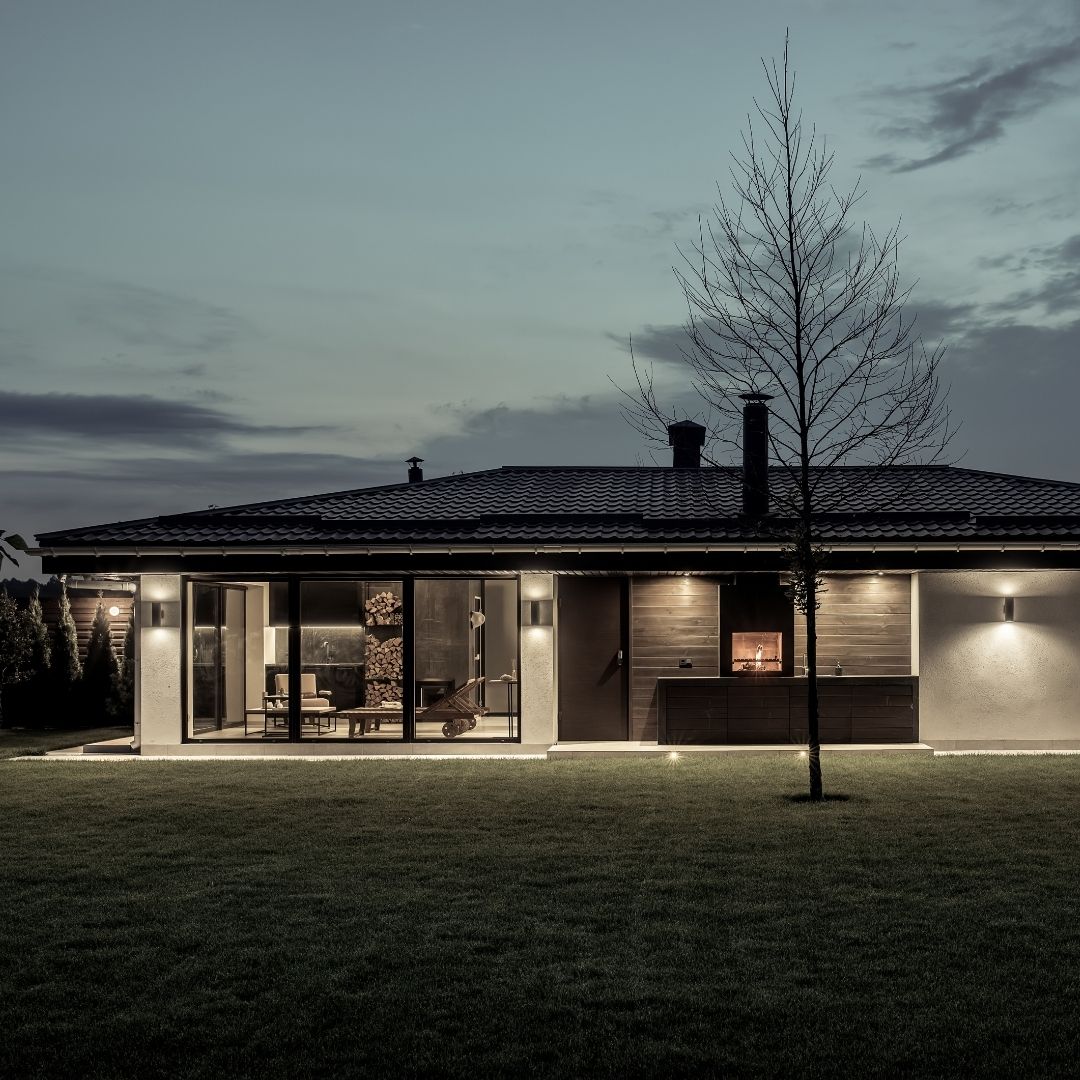Do you need scaffolding to roof a bungalow?
If you are replacing an entire pitched roof on a bungalow, you will need to budget for scaffolding. You might think that it is unnecessary, but although a bungalow’s height is much lower than a two-storey house, there are still potential issues with safety and access.
In fact, most of the official Health and Safety advice recommends scaffolding for any domestic roof repairs. Whilst this might not be required for a minor one-person repair, larger jobs will probably need scaffolding.

5 Reasons to use scaffolding for roofing a bungalow
1. Health and Safety
Before starting any roofing job, you should first consider health and safety aspects. Working at any height can pose considerable risks to the workers and people below who may be injured from falling equipment.
The hazards of working on a roof are not just from the height itself but also the unstable surfaces. A bungalow roof may look reachable, but the apex will be very difficult to access using ladders.
If more than four people are working on the roof, then a proper risk assessment must be carried out. This will decide what scaffolding is required.
Health and Safety regulations state that roof work accounts for over a quarter of deaths that occur in the construction industry in the UK. They have produced guidance for project managers and contractors to help them ensure that all roofing work is carried out safely.
Even on a bungalow, the roof’s pitch can make the roof height about 3.6m on average.
Guide rails and additional platforms constructed around obstacles such as chimneys help workers access all areas. Scaffolding provides a safe, stable platform for workers to access a roof and store equipment.
Scaffolding is also essential for complete roof replacement as work will need to be inspected by building inspectors to meet local building regulations.
2. Work Quality
Repairing or replacing a roof is an integral part of constructing or maintaining a property. If it is not completed correctly, water will leak through and could cause considerable damage to the internal walls and ceilings.
Climbing up and down ladders is tiring and time-consuming. It can increase the chances of a job not being carried out well.
Scaffolding allows better access and gives workers the ability to carry out their work in a more stable environment that will produce better results. Getting the job done properly will save money in the long term.
3. Size of the Job
Replacing a single or few roof tiles at a lower height on a bungalow may well be carried out by a single person on a ladder or a ladder with a platform. Providing this will achieve stable access, the job is not likely to take too long, and it should be completed safely without scaffolding.
If any work on the roof requires access to the entire roof, scaffolding will absolutely be necessary. The amount of equipment and materials needed poses a threat to anyone below without the secure space offered by a scaffolding platform.
Scaffolding platform edges provide an extra layer of security against falling debris or materials. You can also get a chute installed to dispose of old roofing materials to the ground safely.
The most significant advantage is the opportunty to access around the roof without climbing up and down ladders all day. This will usually mean that the work can be completed faster and save some labour costs.
4. Time to complete job
Any major roofing work on a bungalow will likely take a few days. Scaffolding is helpful as it makes laying temporary coverings easier, keeping the property protected from the elements.
An unfinished roof can be a problem if the weather is not good and protecting the exposed space and materials is essential.
Scaffolding is designed to remain in place in any weather conditions and can contribute to competing work even in poor weather.
5. Special Circumstances
Even more minor repairs may require scaffolding if hazards make access difficult. Bespoke scaffolding can be built to provide a safe platform around a chimney stack or to access unusually shaped roofs.
Scaffolding is also useful where the ground space is limited as the base can fit on relatively shallow depths if roads or a boundary wall restricts access.
When is scaffolding not required for a bungalow roof?
A simple day job such as replacing a few tiles, cleaning or repairing guttering and fixing valleys may be possible with a ladder. The ladder should be secured at the base, and attention should be paid to health and safety.
If the bungalow roof is flat, this can also be accessed by a ladder safely. You do need to take care of any falling debris, and a chute may be better for disposing of materials.
Some roofs may be accessed from inside the building, including flat roofs. Scaffolding will not be required for this situation.
Benefits of Using Scaffolding to Roof a Bungalow
When trying to cut costs on a project, it can be tempting to see scaffolding as an unnecessary expense. Depending on the nature of the property, you may spend between £400 and £2000 on scaffolding.
It is worth considering the benefits and necessity of having scaffolding when establishing your budget.
Safety – It is important to remember that you cannot put a price on safety, and you should never cut corners where lives could be at risk.
Efficiency – Scaffolding allows workers to do a proper job in the least amount of time. It will save you money on labour costs which could bring down the price overall and actually save you money.
Better results – Not going up and down ladders all day means your workers can focus on achieving a better finish. The work will last longer and save you money on future repairs.
Get in touch with us at M1 Scaffolding to determine how much scaffolding will cost for your bungalow. We can manage the scaffolding process from start to finish, propose a bespoke solution, design the project, and give accurate costings.




